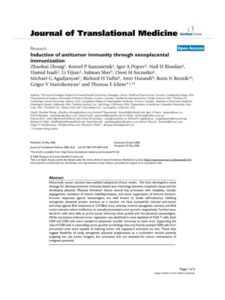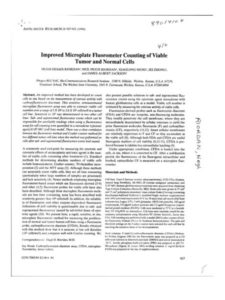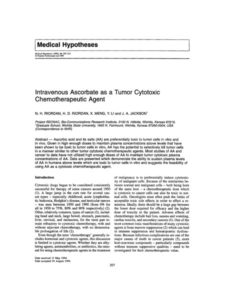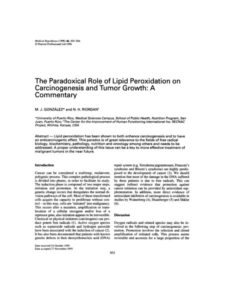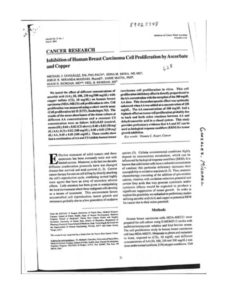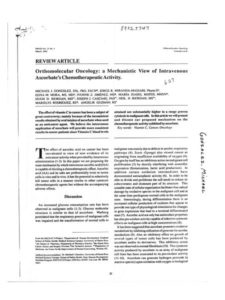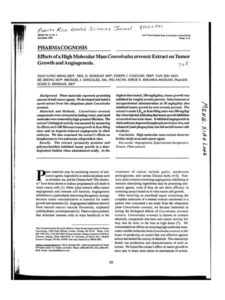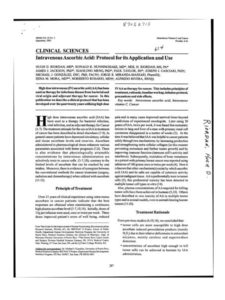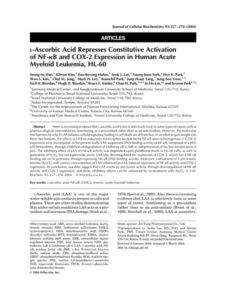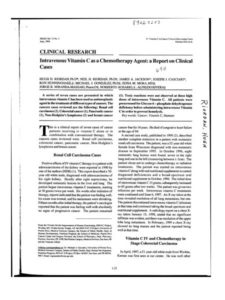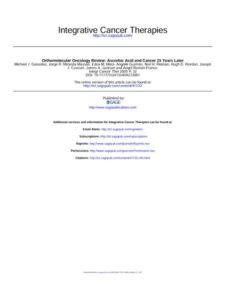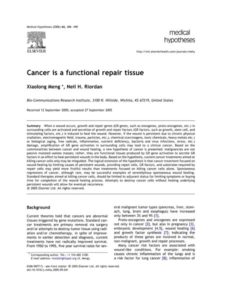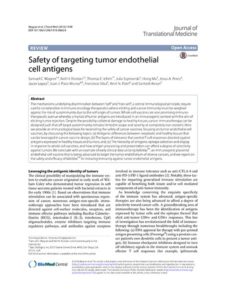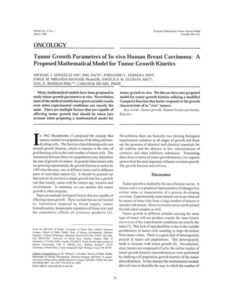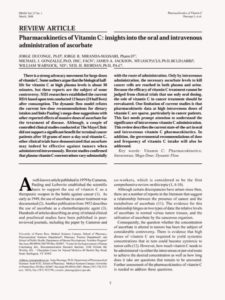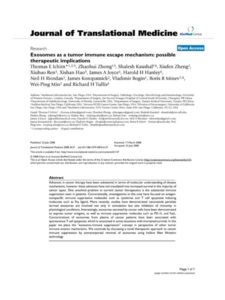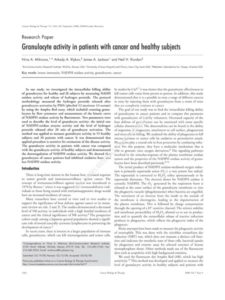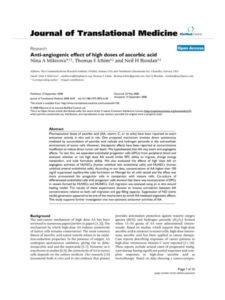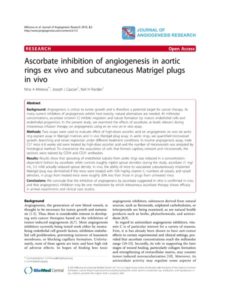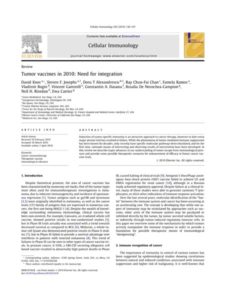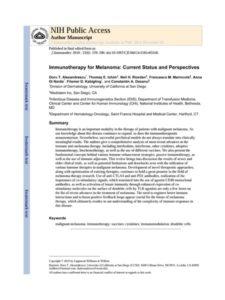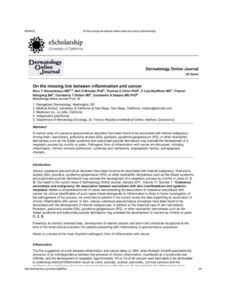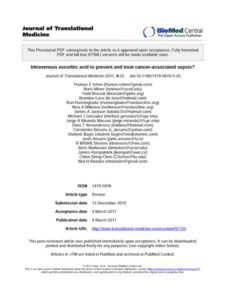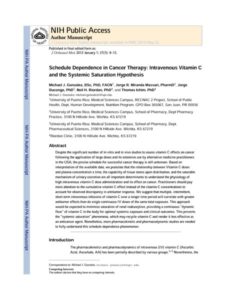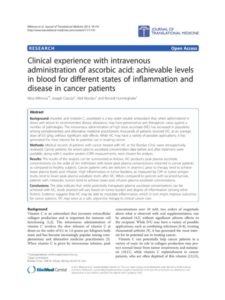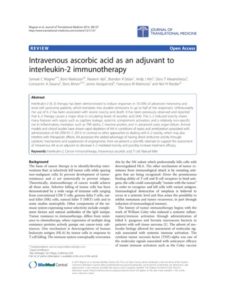Vitamin C pharmacokinetics after continuous infusion in a patient with prostate cancer.
Ann Pharmacother. 2007 Jun;41(6):1082-3. Epub 2007 May 22.
Duconge J, Miranda-Massari JR, González MJ, Taylor PR, Riordan HD, Riordan NH, Casciari JJ, Alliston K.
Abstract
Methods. We conducted a mini-pilot study to perform a pharmacokinetic characterization of intravenous ascorbate (Mega-C-Acid Plus, Merit Pharmaceuticals, CA). Dose escalation infusion schemes (15–65 g, 5 cycles over a month) were used in a patient with prostate cancer (75-y-old white male, 73 kg). Results. Table 1 shows average values of the corresponding parameters for each dosing scheme. Typical plasma ascorbate disposition after intravenous infusion was observed. Discussion. The elimination half-lives were slightly longer than those previously reported (0.5–1 h) at supra-physiological levels (above 70µM). 3,4 Capacity-limited nonlinearity could not be postulated from this data set, but it should not be ruled out in other settings. Although a linear relationship between dose and AUC was observed, there appears to be a deviation when doses of 65 g are administered. However, if there was complete saturation of tubular reabsorption, we would expect higher clearance values than observed (in comparison with average clearance due only to glomerular filtration rate in humans, 6 L/h). Considering the processes that can potentially contribute to the total renal clearance, it can be assumed that significant tubular reabsorption accounted for the slower ascorbate excretion in this patient; that is, renal clearance (ie, the major component of systemic ascorbate clearance) was not as extensive as expected because the ascorbate reabsorption may have reduced the net ascorbate fraction from that previously removed on a single glomerular pass through the patient’s kidneys. Under disease state conditions, Hickey’s dynamic flow model predicts maximum ascorbate recycling by renal tubular reabsorption. 4 Because these pumps could be considered a capacity-limiting step, the higher ascorbate turnover rate at megadoses in healthy subjects could be assumed to be a result of saturation of ascorbate reabsorption after renal excretion. How-ever, the postulated role of ascorbate in maintaining or reestablishing a reducing internal environment might make a difference. Tissue stores are thought to be near saturation at 60 mg, and increased excretion would occur at higher doses. 3-5 This information is supported by studies with healthy humans; therefore, the conclusions are based on facts that need to be revised for patients with malignancies, which are demanding higher ascorbate levels (at millimolar range) than healthy cells. Consequently, the consumption of higher ascorbate amounts by these tissues may account for most of the systemic ascorbate in excess. Under such a condition, mega-dosage will saturate neither the tubular ascorbate reabsorption nor the sodium-dependent transporters, which results in longer systemic half-life,slower clearance, and probably a smaller apparent volume of distribution(higher concentrations due to reabsorption) than expected.The information obtained from this preliminary pharmacokinetic assessment of ascorbate at megadoses allows a better understanding of its disposition in cancer patients. This information will help us to optimize the dosage to be used in a perspective clinical trial in order to maximize the therapeutic benefits.

